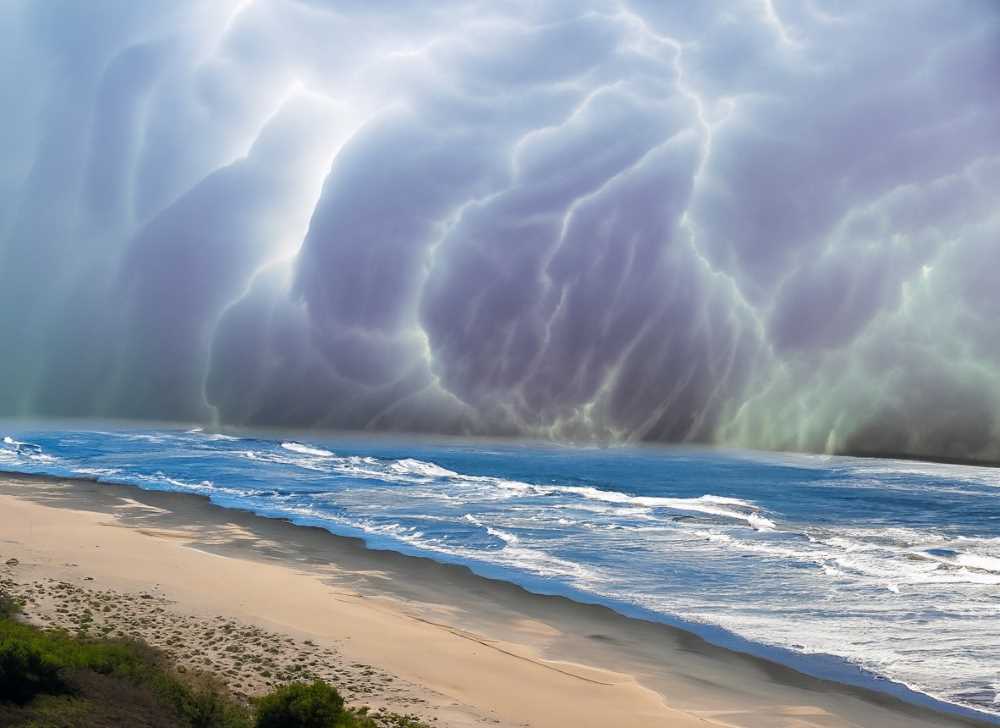How to Survive the Hurricane Season in Baja California Sur
Explore the intricacies of hurricane season in Baja California Sur. Understand its impacts, the importance of preparedness, and the role of technology in managing these natural disasters. Discover how to navigate this unique region safely and enjoy its beauty.





